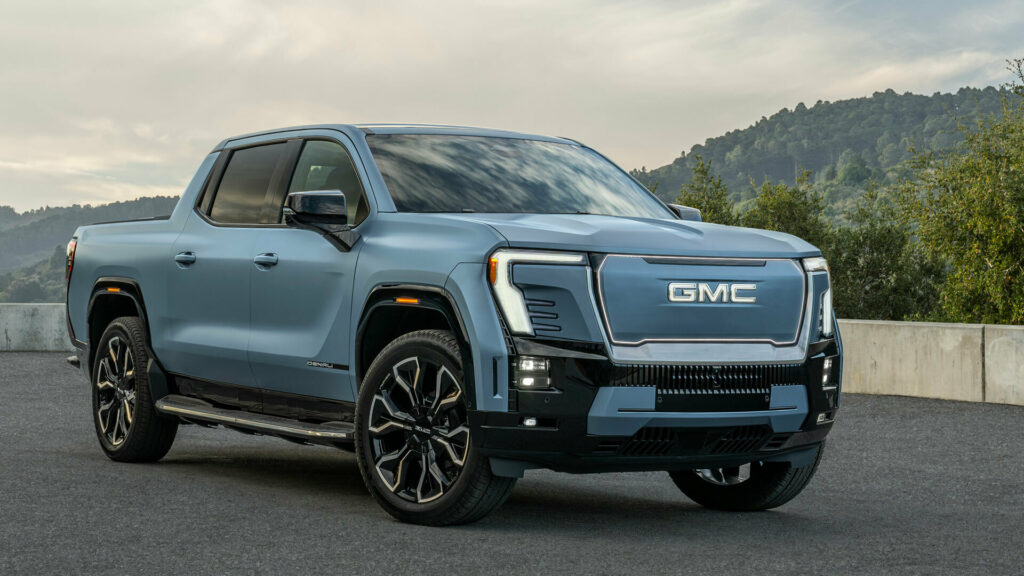GM Quietly Plots A Family Of Low-Cost EVs After New Bolt

- GM developing lithium manganese-rich batteries promising greater range.
- 2027 Chevrolet Bolt debuts with 65 kWh LFP battery and 150 kW charging.
- Reuss confirms multiple affordable EVs planned under a low-priced lineup.
The long-awaited 2027 Chevrolet Bolt arrived earlier this month, carrying a host of mechanical upgrades while retaining a shape that feels immediately recognizable.
Only time ans sales will tell if this new model proves to be a success, but GM is eager to follow it up with several other affordable EVs. Evidently, it has the confidence that demand for cheap electric cars will rise.
What’s Coming Next?
While recently speaking about the company’s future plans, GM president Mark Reuss said a family of new EVs is on the cards, but he kept many important details close to his chest.
Read: New Chevy Bolt Is Back But Costs Thousands More Than The Leaf
“What comes after this, whether it’s called a Bolt or not, will be a family of things that is low-priced,” Reuss told InsideEVs. “And when I say family, they won’t be adopted. They’ll be in the same vein of size and price.”
What this likely means is that some of these models will probably be Bolt-based, while others will be distinct models, likely similar in size and price to the Bolt. According to Reuss, some of these models will slot into “white spaces” across the industry.
“I also think there’s some white spaces in size, class, of forms—not only the Bolt that we just introduced but also some different things, for different people’s styled tastes,” he noted.

Bolt Tech
The new Bolt is underpinned by a 65 kWh lithium-ion phosphate battery pack, offering up 255 miles (410 km) of driving range in standard guise.
The new battery also supports 150 kW DC fast charging, a big increase from the 50 kW of the old model. Future affordable EVs from GM could be offered with the same battery.
Reuss noted that their new EVs will use different cell technology from old models, potentially indicating the wider adoption of LFP batteries like the Bolt.
GM is also known to be developing lithium manganese-rich batteries that are expected to launch in 2028. These new batteries promise improved range and higher energy density than LFP cells.







